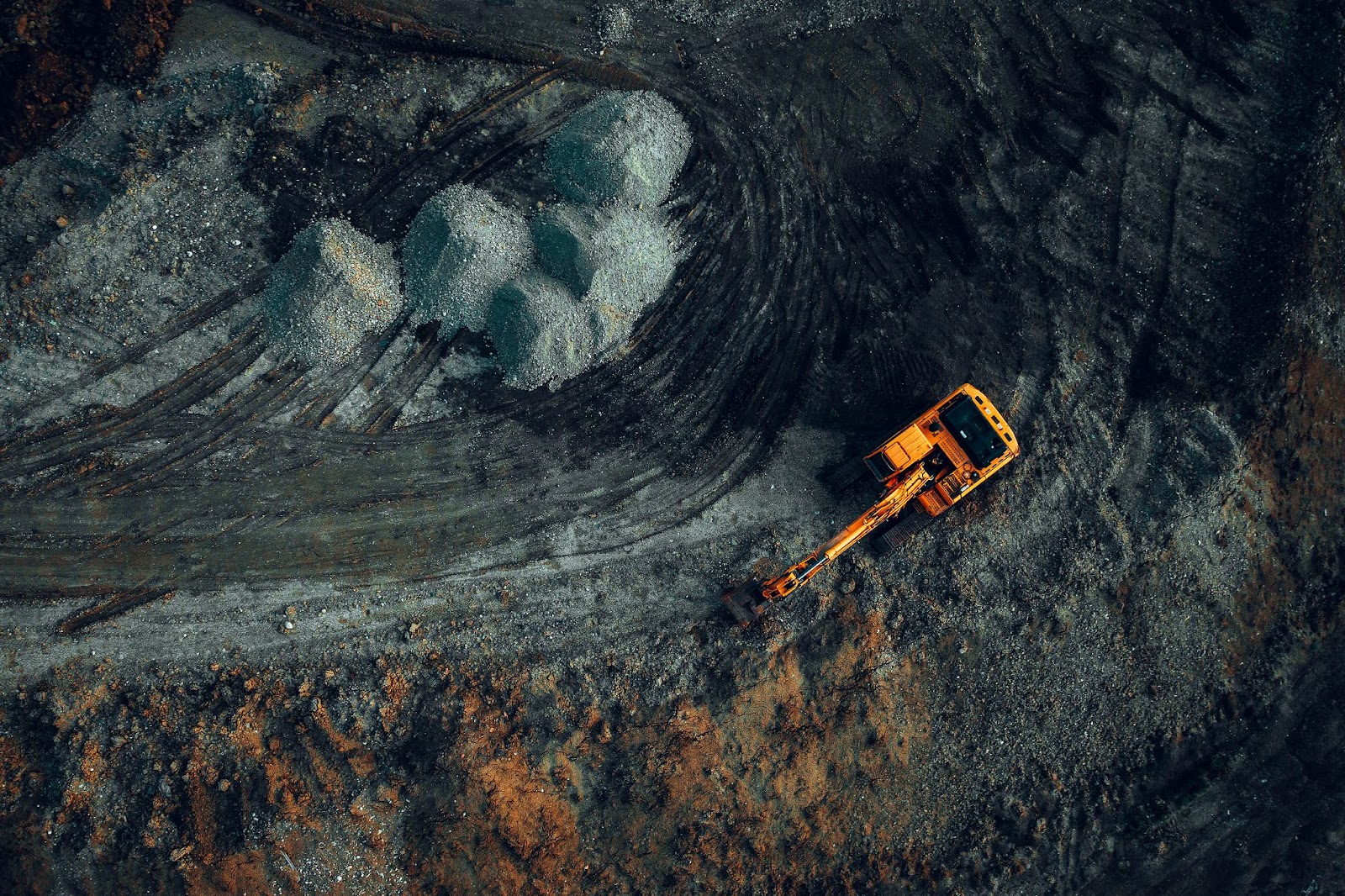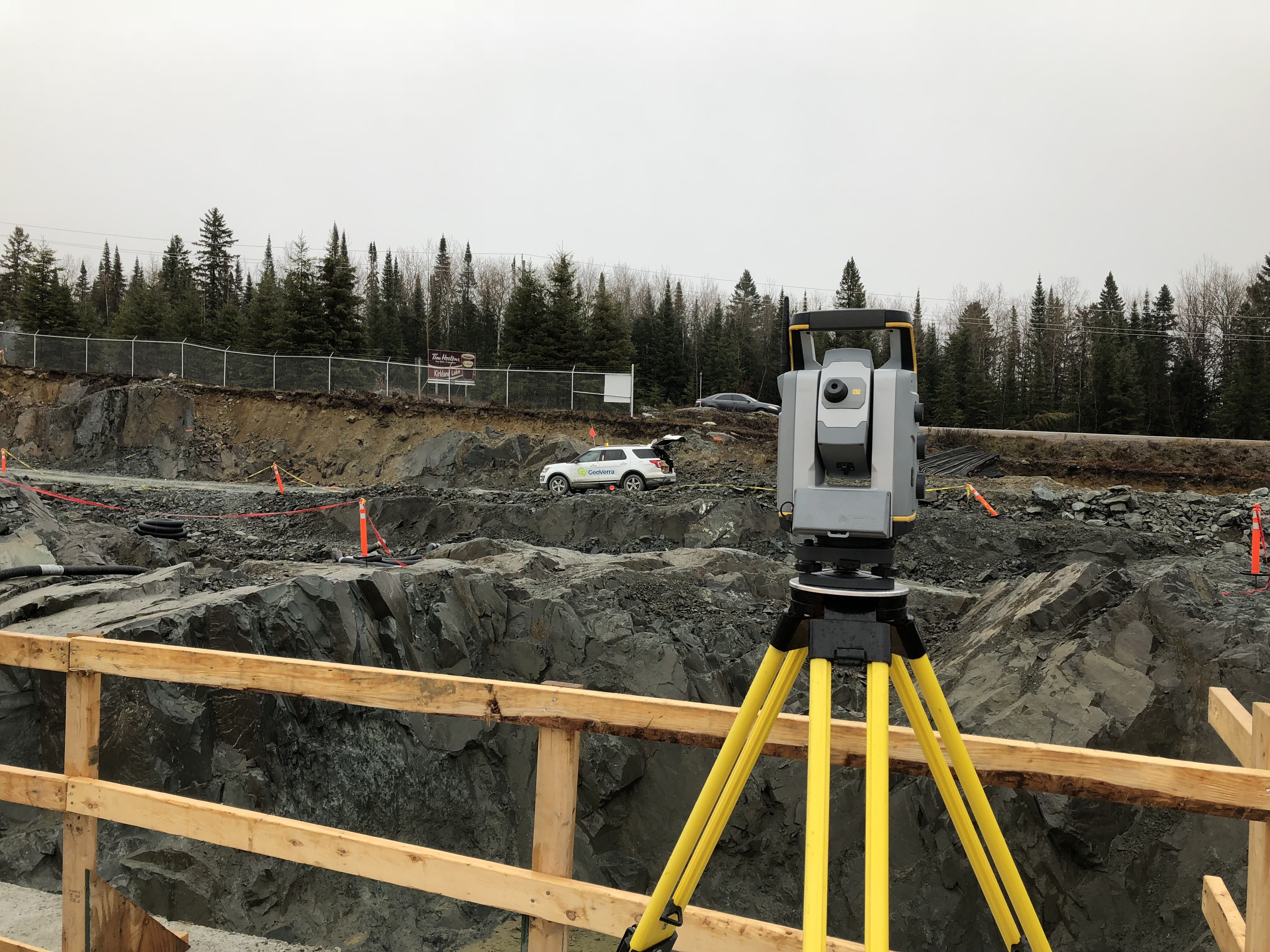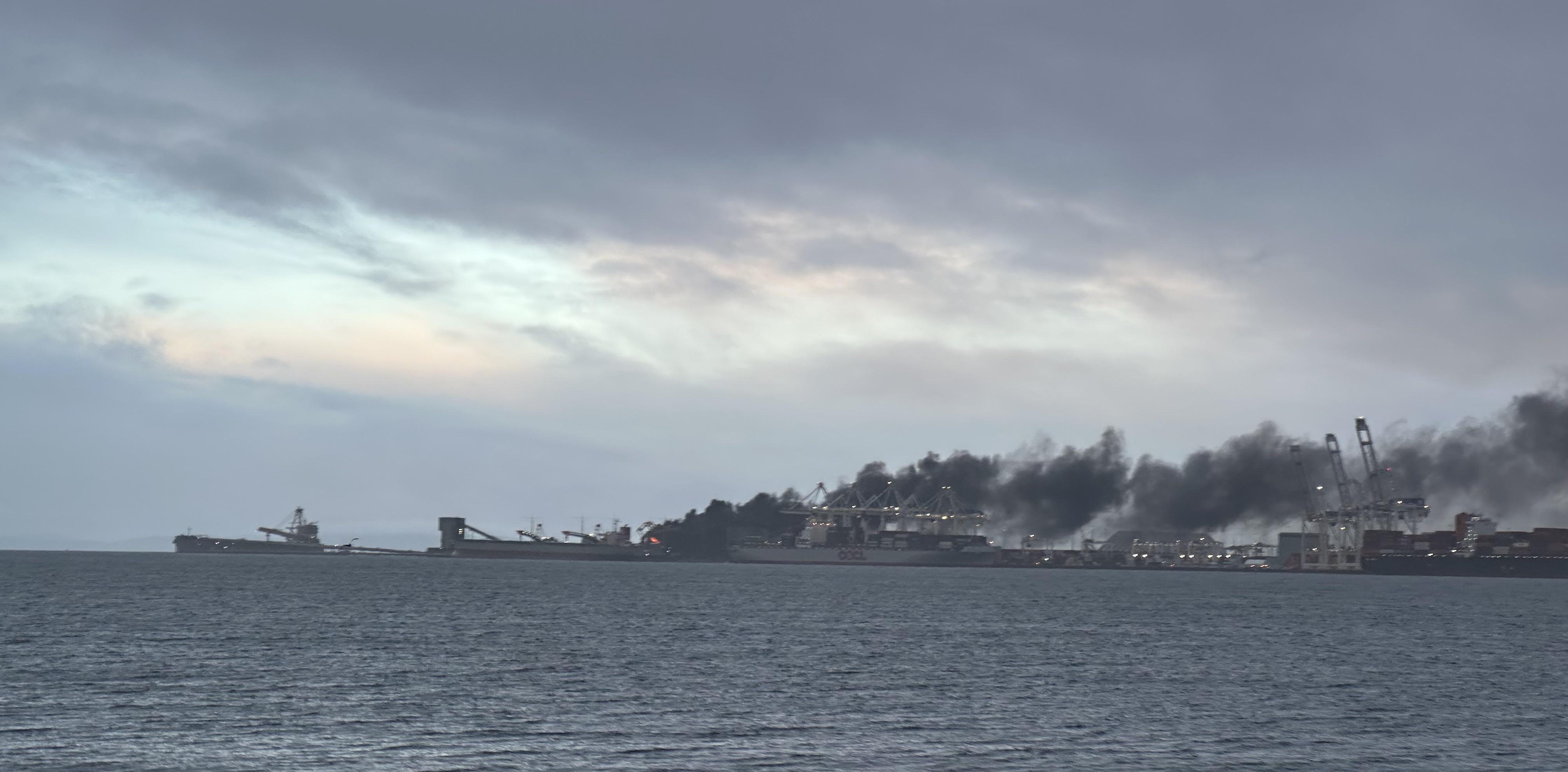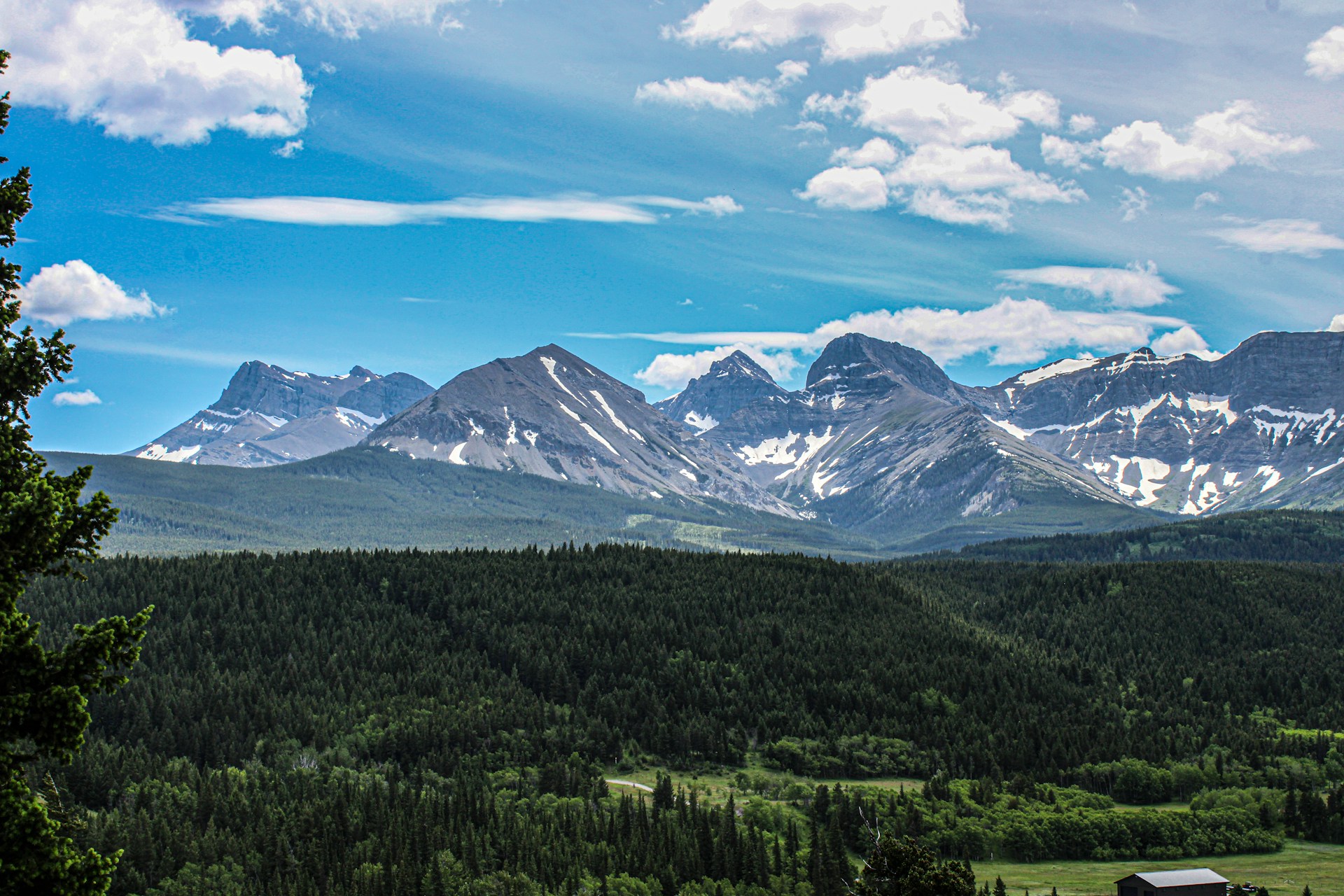Meet the man with a golden touch
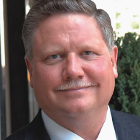
Steve Letwin has spent the past 10 months getting to know Iamgold’s operations and people. — photo courtesy Iamgold After approximately 30 years in t
Steve Letwin has spent the past 10 months getting to know Iamgold’s operations and people. — photo courtesy Iamgold
After approximately 30 years in the oil and gas sector, Steve Letwin chose to change paths and take the top spot at Toronto-based Iamgold Corp. So far this year, Letwin has seen unprecedented rises in the price of gold and has already made his mark with the sale of mines and a substantial increase in dividends for shareholders. With gold prices on the rise, Letwin is looking for opportunities to exploit the company’s fairly substantial cash on hand.
Whether it’s oil and gas or mining, everything today is driven by your relationships with the community, the environment and with governments. If you are able to develop good relationships with the communities where you are going to work, with the governments that affect operation and with the environment to make sure you are going to leave it the right way, everything else falls into place.
Mining technology and mining expertise are things you can buy. Relationships with communities and relationships with governments are things you just can’t buy—you have to develop them. It’s the same in the oil and gas business as it is in the mining business.
I went to all of the mines. I said before I start I want to get out to Burkina, I want to get out to Suriname, I want to get to Quebec and I want to see the people. So for the first six months I literally wasn’t here. I was in those operations; I set up meetings with the governments, I walked in the communities, I met the people that live in the communities around the mines and really focused on meeting our people. We have 5,000 people—90 of them are here and the rest of them are in operations.
If you believe that gold is a currency, which I believe it is, then I would tell you we have a very bullish view on where gold can go. It’s going to go higher because people’s confidence in their fiat currency—their domestic currency—is falling.
We think that gold prices will continue to stay at these levels. It’s cyclical, so you are going to see it go up and down—but over the course of the next five years, I think you can easily see it go through the $2,000 mark or higher.
It really doesn’t change our strategy. Our strategy is to grow the production 10 per cent a year. We’re sitting at around 950,000 ounces. Our goal is to get it up to 1.2 million ounces by 2013 and grow it from there. We want to keep focus on our costs. Costs are our clear and present danger because of the inflationary pressures we have in some of the countries we operate.
I think we have a very distinct advantage in that we do have significant brown-field opportunities that many of them don’t have. That changes our risk profile. What I mean by that is that I’m not in a panic to go out and buy anything, because I know that over the next two years we’ve got over $1 billion of capital that we can invest in brown-field opportunities that are going to add great value.
I’m a big believer in what I would call a balanced view—where we should reward shareholders for staying with us and pay them to wait for our success. Part and parcel with that is paying cash dividends, which in my humble opinion can vary anywhere from a one per cent yield to a three per cent yield.
It’s unlikely that we would ever get to a three per cent yield, but we’re at a one per cent yield now, and I think as the share price increases, it gives an opportunity to increase our dividend.
Tarkwa and Damang are very well-run mines in Ghana by Gold Fields. We own 18.9 per cent and they collectively produced about 170,000 ounces of gold annually. But because we owned 18.9 per cent, we had no say in the operation. The operating costs for those mines are running now around $800 an ounce and we literally, over the last five years, have received less than $50 million in cash flow because cash flow was basically reinvested in the mines.
So now we have $1.2 billion in the bank and our periscope is up. We are looking for opportunities to basically buy and operate another mine where we can take our core competencies and apply them to the mine as opposed to sitting in the back seat hoping the driver is going in the right direction.
This (mine) is producing five million kilograms of niobium a year. It sells for about $40 to $45 a kilogram. This thing throws off, margin-wise, about $80 million a year—so it’s healthy.
We became focused and with a new study on how we can maximize production, we took a look at this area alone. We expanded the area and found that our reserves increased by 697 per cent. In three or four years' time, this five million kilograms goes to 15 million kilograms.
The reason we are looking at monetizing 10 per cent to 20 per cent of this is to basically finance this $800-million expansion. So we sell 10 per cent to 20 per cent, we get a credit facility, we potentially IPO this company and it stands out on its own as a new entity.
We’ve come a long way in 10 months, but I really want to see the niobium asset truly recognized and I think we are very close to that. I want to get to a point where we operate and control over 90 per cent of our production and we are very close to that. I want to see us put as much effort into extending from our current infrastructure as we can.
